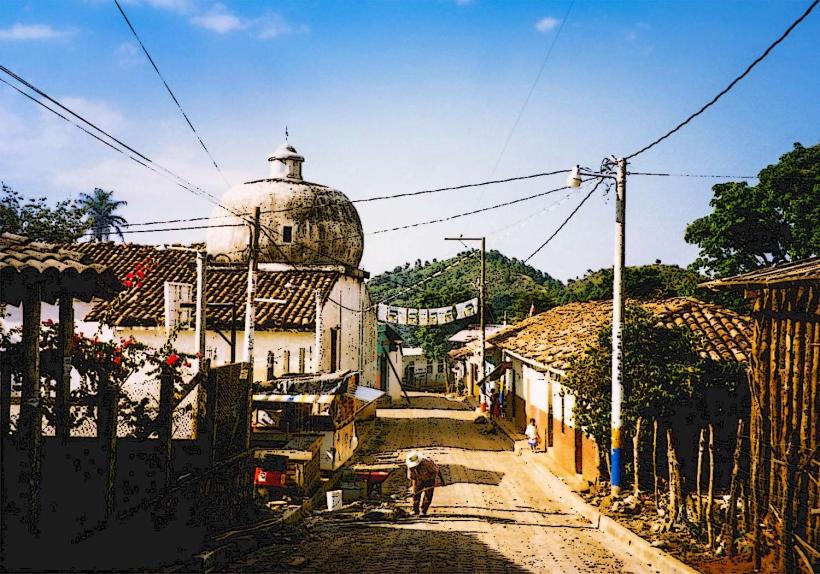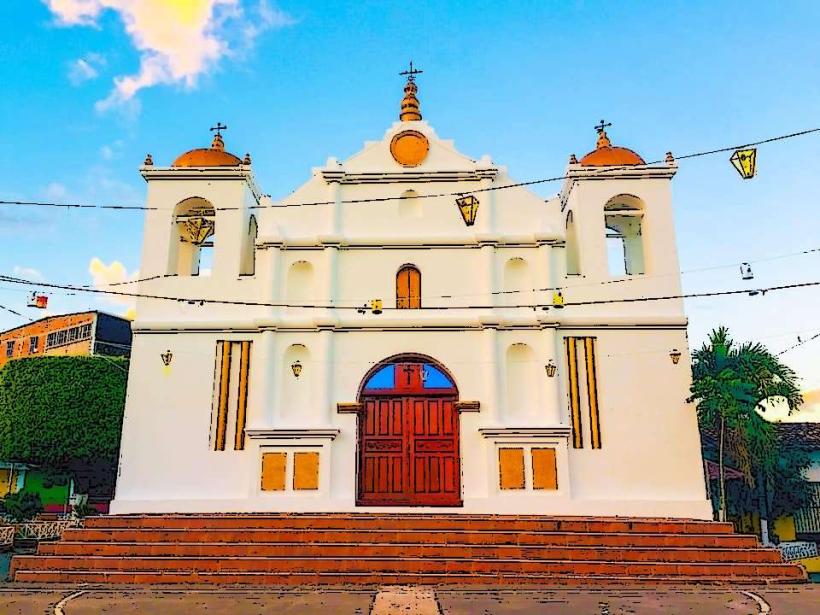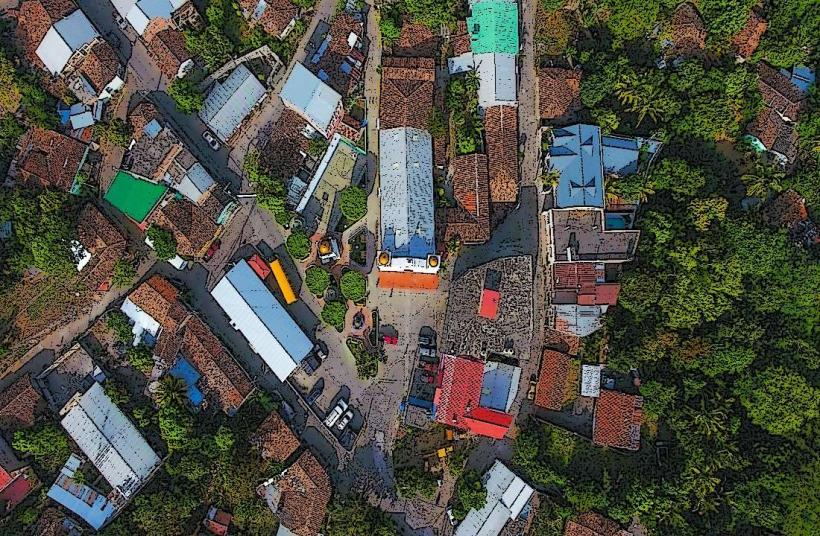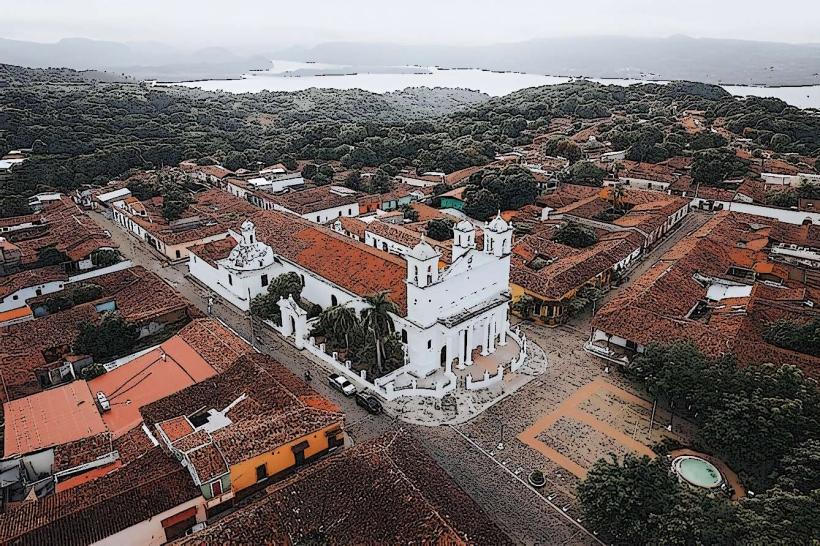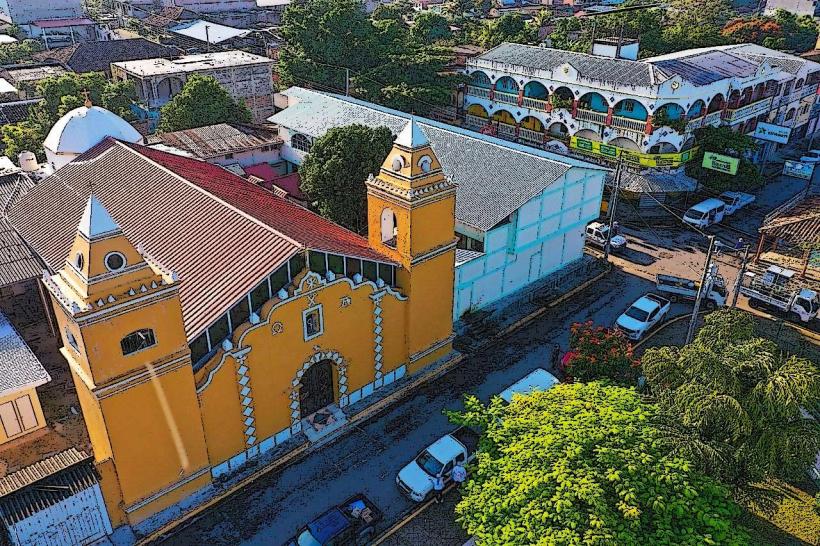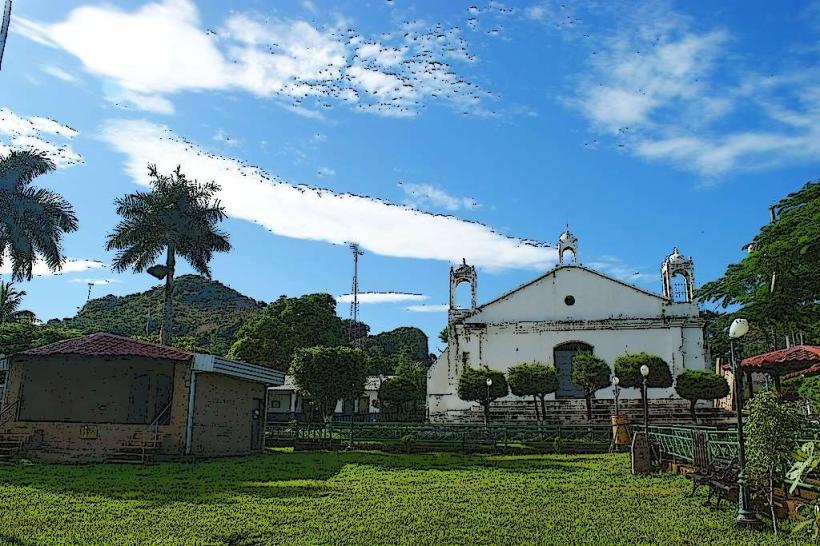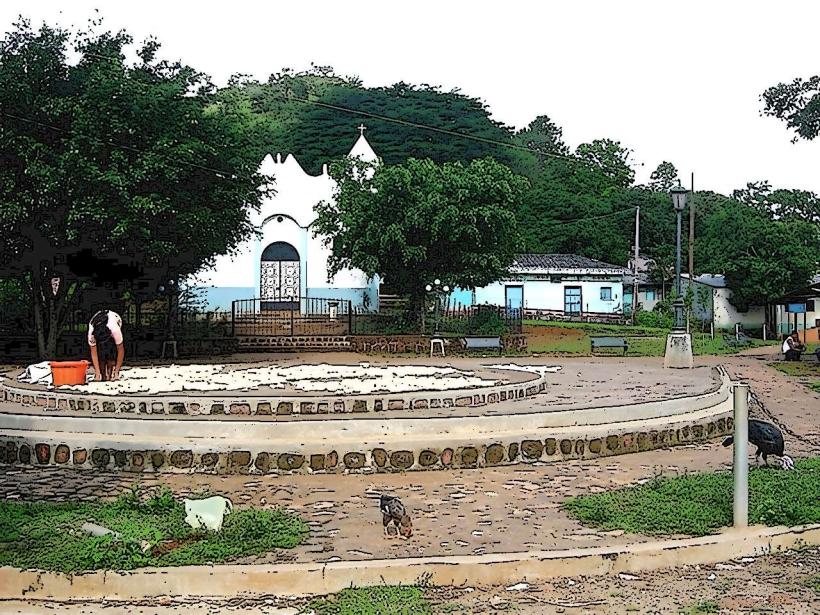Information
Landmark: Iglesia de ArambalaCity: Morazan
Country: El Salvador
Continent: North America
Iglesia de Arambala (Arambala Church)
The Iglesia de Arambala is a notable church located in the small town of Arambala, in the Morazán department of El Salvador. The church is not only a religious center for the town but also an important cultural landmark with historical significance, particularly for the Lenca indigenous people who live in the region.
Key Features of Iglesia de Arambala
1. Historical and Religious Importance
- The Iglesia de Arambala plays a central role in the town’s religious life. Like many rural churches in El Salvador, it is a gathering place for the community during religious celebrations, masses, and festivals.
- The church has historical roots that trace back to the Spanish colonial period when Catholicism was introduced to the indigenous populations, including the Lenca people. The fusion of Catholicism with local indigenous traditions is evident in the church’s practices, festivals, and even some of its artwork.
2. Architectural Style
- The architecture of the Iglesia de Arambala reflects a colonial-era style, typical of many churches built during the Spanish colonial period. While not as grand as larger urban churches or cathedrals, the church is modest yet charming.
- The church’s exterior typically features simple stonework and wooden elements, with a small bell tower. Inside, the church likely has wooden pews, an altar, and religious imagery such as statues of saints and paintings of Christian scenes.
- The architectural simplicity is a reminder of the town’s modest rural character and the blending of Spanish and indigenous influences.
3. Blend of Catholic and Lenca Traditions
- One of the distinctive features of the Iglesia de Arambala is the way in which Catholicism has been interwoven with the Lenca culture. The Lenca people, who have long inhabited this region, continue to practice many of their traditional customs alongside their Catholic faith.
- During religious festivals and holy days, Lenca rituals often accompany the Catholic ceremonies, reflecting the blend of both spiritual traditions. These festivals are a display of local dance, music, and indigenous customs that honor both the Catholic saints and the Lenca ancestors.
4. Community Role
- The Iglesia de Arambala is not only a place of worship but also serves as a gathering point for social events and community celebrations. Many of the local festivals and feasts are centered around the church, where the entire community comes together to celebrate.
- One of the most important religious events for the people of Arambala is the feast day of the town's patron saint (often the feast of Saint James or another Catholic figure), during which there are processions, dances, and ceremonial rituals.
5. Location and Accessibility
- The Iglesia de Arambala is located in the heart of the town, and its central position makes it easily accessible for both locals and visitors.
- Arambala, a small town in northeastern Morazán, is about 3-4 hours by car from the capital, San Salvador, via the Pan-American Highway and local roads that lead through the mountains. The town can be reached by 4x4 vehicle, especially when traveling in the rainy season, when roads may be less accessible.
Conclusion
The Iglesia de Arambala is not just a church, but a reflection of the rich cultural heritage of the Lenca people and the history of El Salvador. With its colonial-style architecture, indigenous Catholic traditions, and central role in community life, the church remains an important symbol of the town's religious and cultural identity. For visitors to Arambala, the Iglesia de Arambala is a must-visit site, offering a glimpse into the historical fusion of faith, culture, and community.

